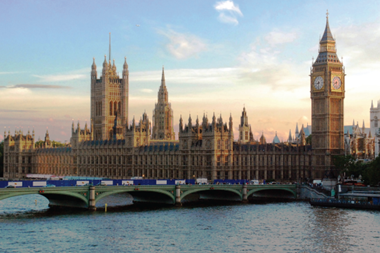GLOBAL – Changes in hedge accounting rules within the new IFRS 39 financial instrument standards could force pension funds to alter their hedging strategies, a consultancy has warned.
Following a recent series of meetings held by the International Accounting Standards Board (IASB) on hedge accounting, Jacqui Drew, senior solution consultant at Reval, told IPE the board failed to provide any clear indication of when the new rules would be finalised.
But she stressed that the amendments brought by the organisation to the 'hypothetical derivatives' concept within the new international accounting standards for financial instruments, IFRS 9, could be positive to many but will come as a cost to all parties using cross-currency swaps as hedging tools, including pension funds.
"The concept of hypothetical derivatives is already one of the hedge accounting measurement methods used in the existing IAS 39 accounting standards," Drew said.
"Under the new IFRS 9 standards issued in September 2012, the IASB spoke about using hypothetical derivatives in order to measure the hedge effectiveness.
"But they added a paragraph in which they argued it would be important not to impute any item in the hypothetical derivatives that are not in the hedged items."
Offset methods are typically used with cross-currency swaps and aim at testing the effectiveness of the hedge instruments used by a company or pension fund.
Those offset methods consist of comparing the change in fair value or cash flows of the hedging instrument with the change in fair value or cash flows of the hedged item attributable to the hedged risk.
Among those methods come so-called hypothetical derivatives, which aim at comparing the change in the fair value or cash flows of the hedging instrument with the change in the fair value or cash flows of the hypothetical derivative.
In revising the hedge accounting standards, the IASB argued that, for hedges of foreign currency risk using cross-currency swaps, the mirroring valuation used with hypothetical derivatives is achieved by including an FX basis spread in the hedged item.
"This results in those changes in the fair value of the actual derivatives being deferred in the cash flow hedge reserve as part of the effective part of the gain or loss on the hedging instrument," the IASB said.
According to Drew, the IASB believes there should be no currency basis in the hypothetical derivatives as there is none in the hedged items.
"What they mean is," she said, "you would have a number of cases where you would have cash flow hedges that suddenly become ineffective because that currency basis would be in your actual derivatives but cannot be in your hypothetical derivatives. This would result in a mismatch between the two fair values."
The IASB proposed three different options in response to industry concerns.
The first consisted of finalising the draft hedge accounting requirements of IFRS 9 Financial Instruments as they originally were, while the second aimed at allowing the use of hypothetical derivatives to be continued in a manner developed in the previous IAS 39 standards.
Last week, the IASB opted for an industry-backed third option, which seeks to expand the notion of 'costs of hedging' to accommodate FX basis spreads.














No comments yet